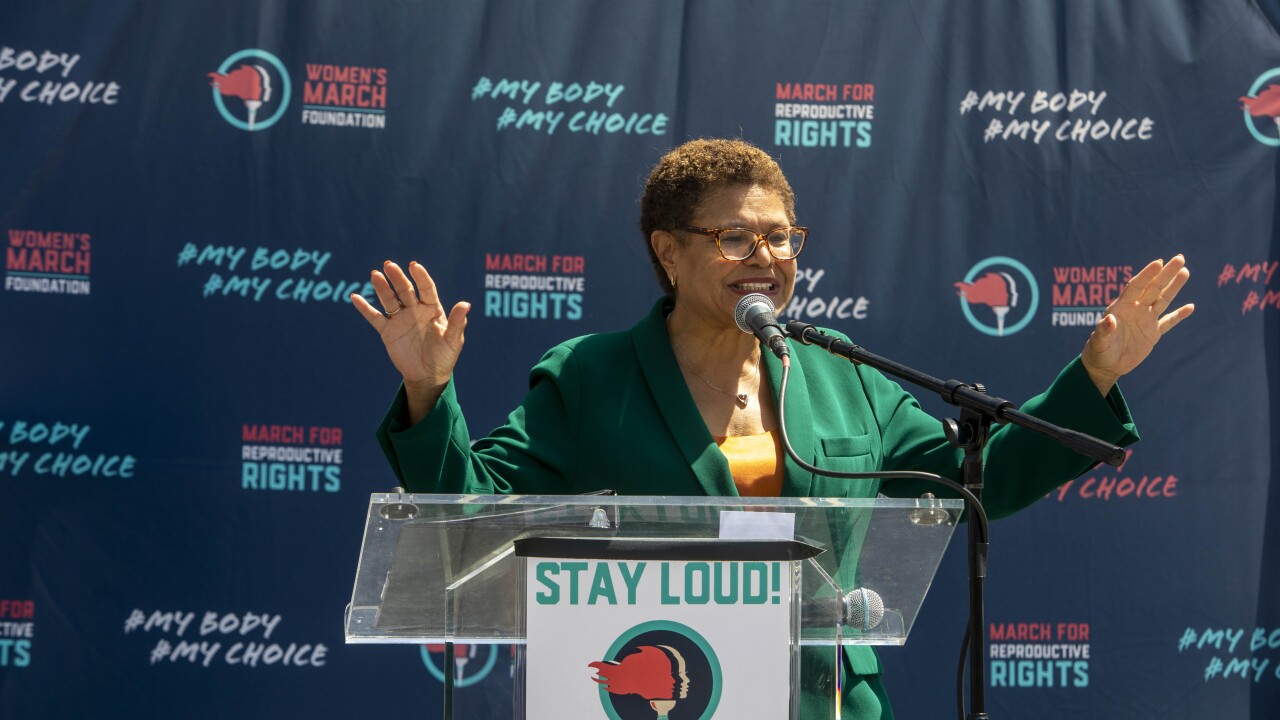SACRAMENTO, Calif. – Stockton and its bond market creditors postured for a fight Monday at the start of a Federal court trial over the city’s eligibility to enter Chapter 9 bankruptcy protection.
Bond creditors and the city are wrangling this week during the trial expected to run through Thursday over whether the city has met the test according to the Federal bankruptcy code to be able to reorganize its debts.
Marc Levinson, the city’s bankruptcy attorney from Orrick, Herrington & Suttcliffe LLP, said during opening remarks that the capital market creditors were only trying to attain leverage for when the time comes to reorganize debts by fighting the city’s eligibility.
“This is all about leverage, it is about causing the city pain,” Levinson said
Stockton, a city in California’s Central Valley with a population of more than 300,000, filed for bankruptcy at the end of June. It is one of the largest municipalities, measured by outstanding debt and population, to file bankruptcy protection.
As expected, the lawyers for the city’s bond insurers, investors and trustee said the Stockton never negotiated in “good faith” as defined in the code or met the definition of insolvency, meaning cash poor.
U.S. Bankruptcy Judge Christopher Klein said at the start of the trial that the burden is on the city to prove its eligibility.
Levinson said the city has already met the definition of insolvency: it doesn’t have the cash to pay its bills, noting the city addressed $90 million of general fund deficits over the last three years and significantly cut staff.
In terms of good faith, Levinson pointed to the laborious mediation the city undertook in accordance with the state’s new so-called pre-bankruptcy law AB 506, in which most bond market creditors refused to participate.
Wrong, said the more than half dozen lawyers for the bond creditors.
Creditor lawyers said since Stockton targeted bondholders for the largest concessions and did not negotiate with its largest creditor, the California Public Employees’ Retirement System, showed it was not negotiating in good faith.
“The city ignores the 800-pound pension gorilla in the room,” said Guy Neal, a partner with Sidley Austin LLP.
Stockton’s liability to CalPERS is expected to grow 94% over the next decade.
San Bernardino, the other California city petitioning for bankruptcy protection, has cut its pension payments to CalPERS, which wants to sue the city.
The bond creditor lawyers also said the city’s “ask” presented during negotiations was unfair. It would have had bond firms take a $350 million hit, around 44% of concessions, despite being only 7.5% of base line expenditures.
That included permanently ceasing payments from the general fund toward $124 million in outstanding Assured Guaranty Corp. insured pension obligation bonds.
The city has already lease revenue bonds that has cost it control of parking garages and an office building.
The consortium of creditors is made up of bond insurers Assured and National Public Finance Guarantee, investor Franklin Advisors, and trustee Wells Fargo NA.
The capital market lawyers said the city could have reduced expenses, enhanced revenues — such as ask voters to approve higher taxes — enough to solve its cash flow problems without jeopardizing public safety, which the city has put front and center as a reason to refrain from further cuts.
Instead, they said, Stockton went after bondholders.
Neal said evidence will be presented to show Stockton is in the top 15% of California cities for employee compensation, despite being at the bottom for household income.
“When you put it all together, the city has not carried its burden on eligibility,” Neal said. “The city must treat bankruptcy as the last resort.”





